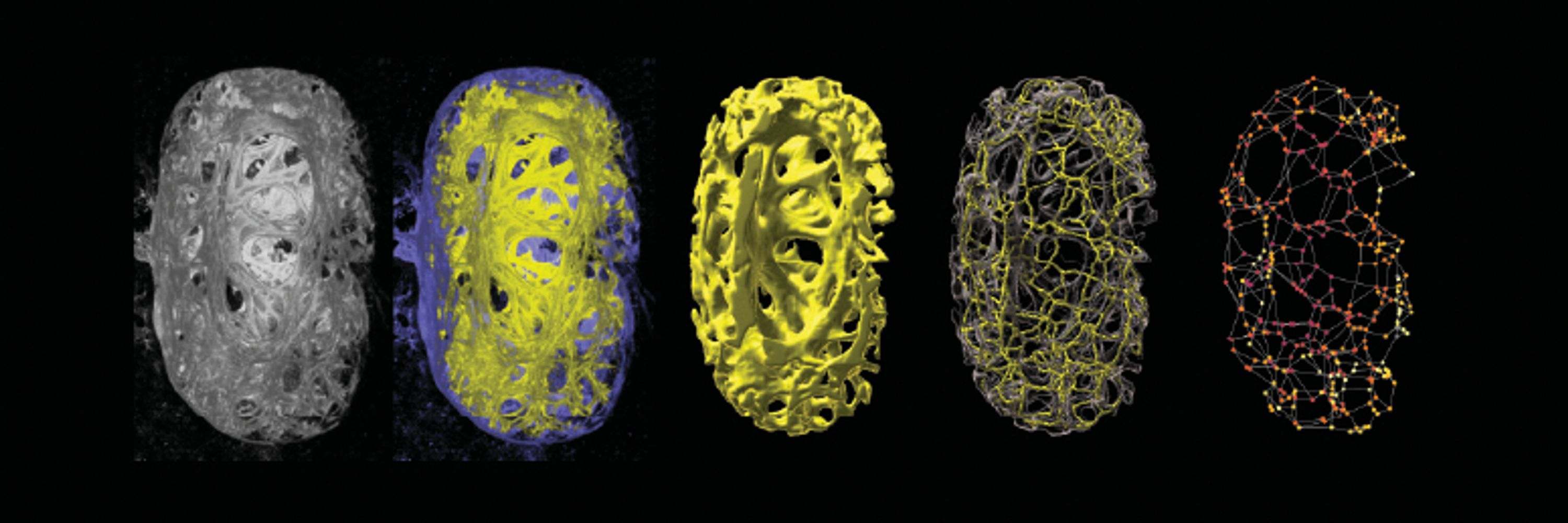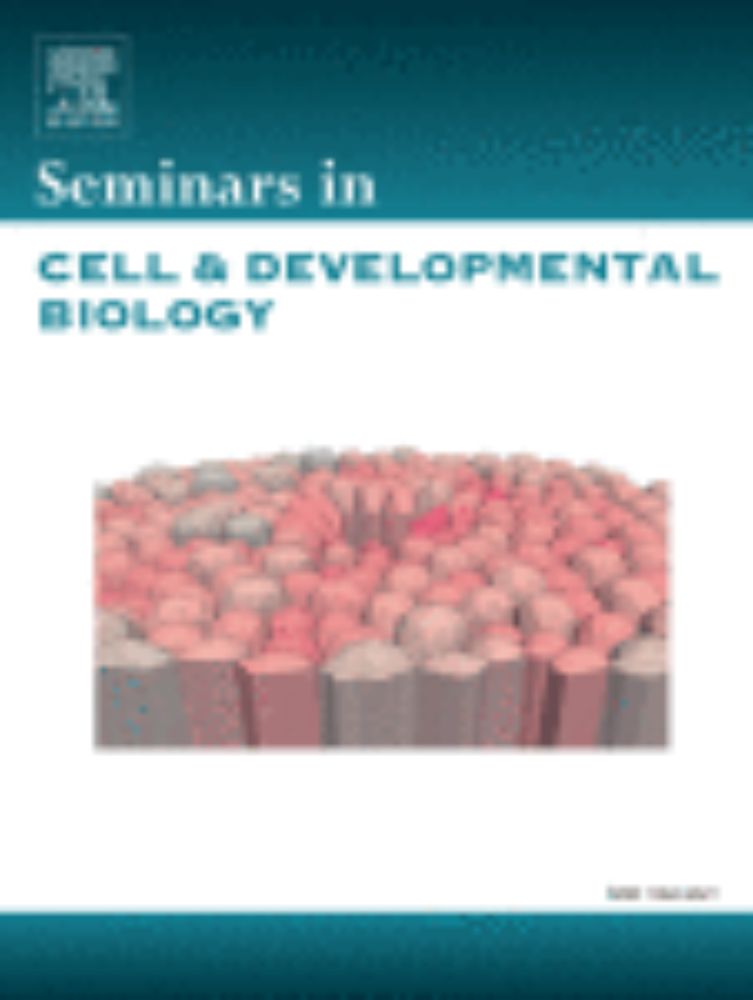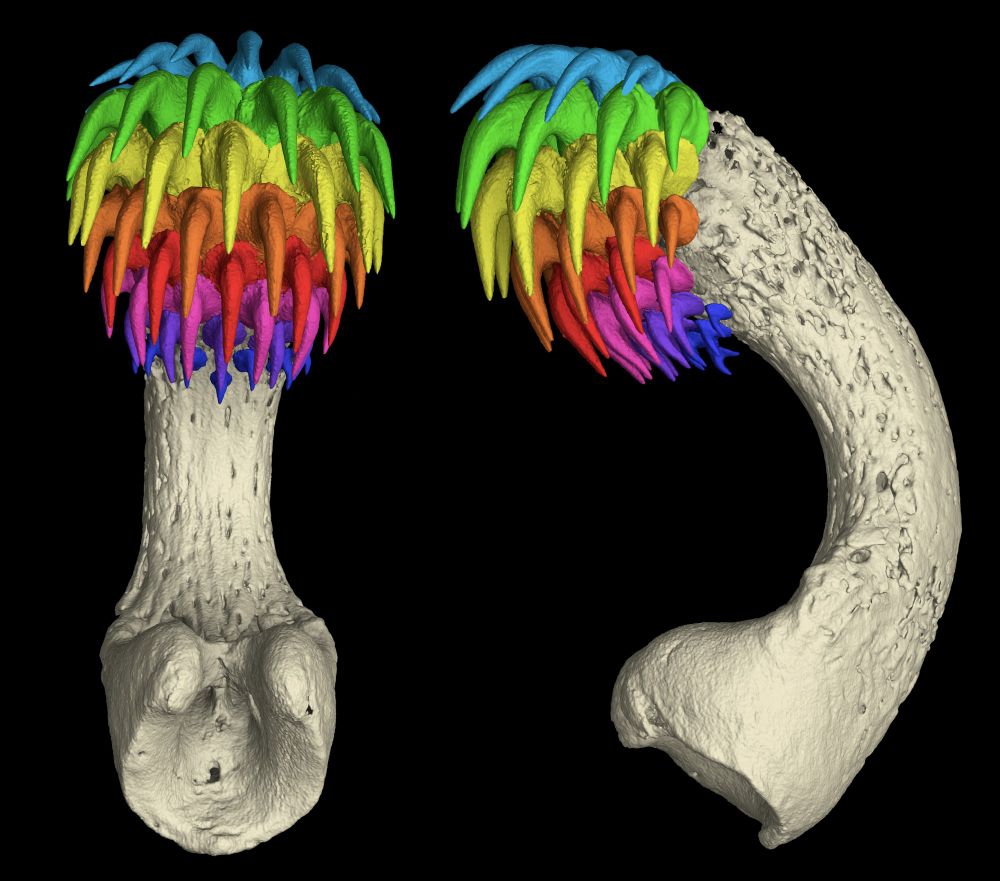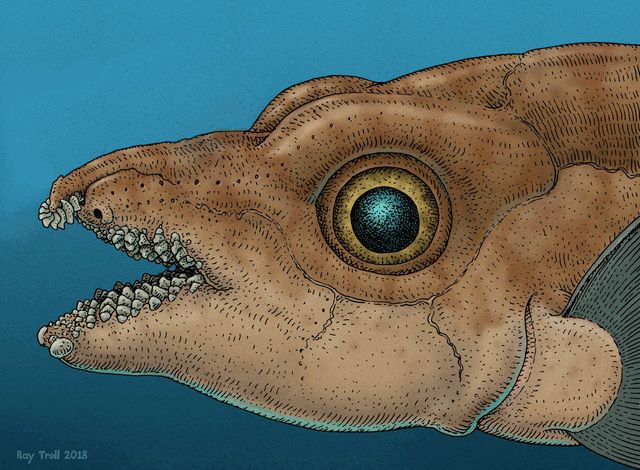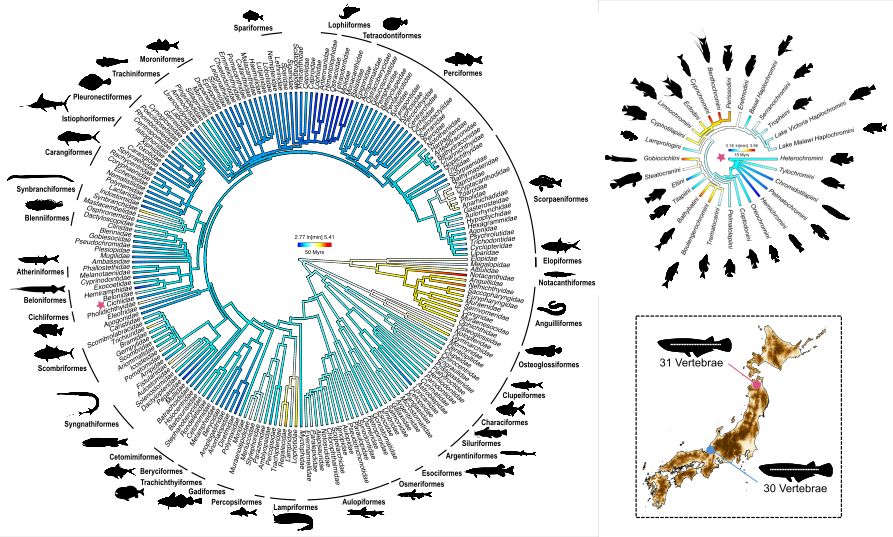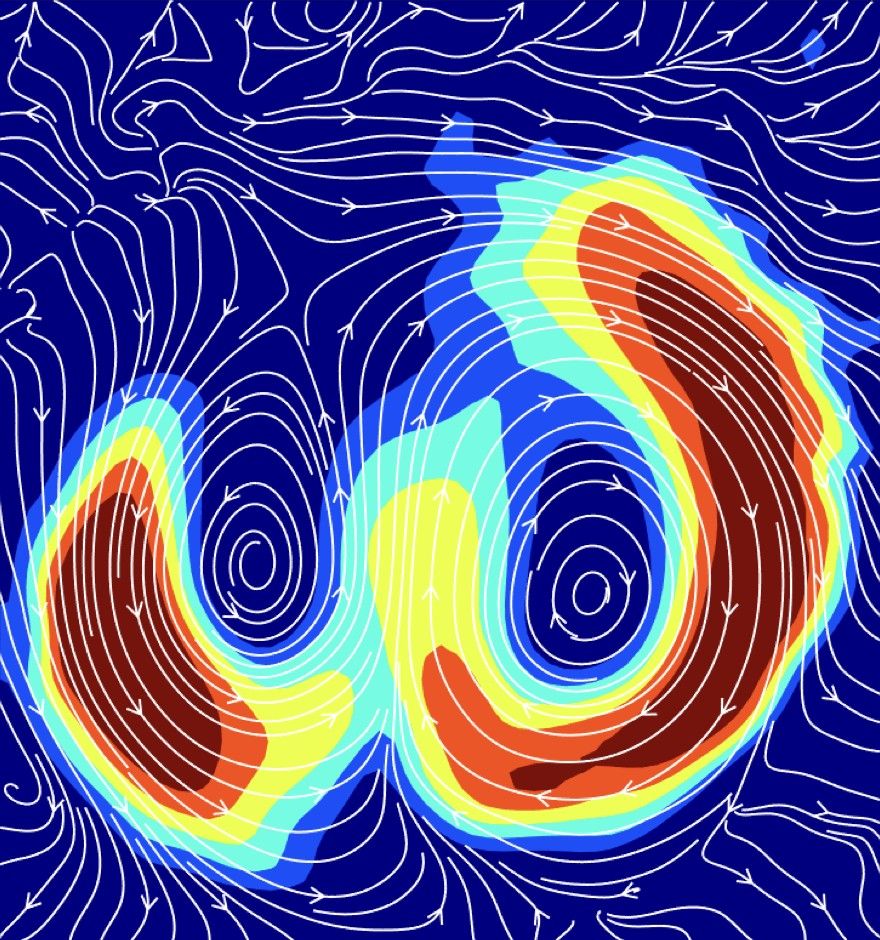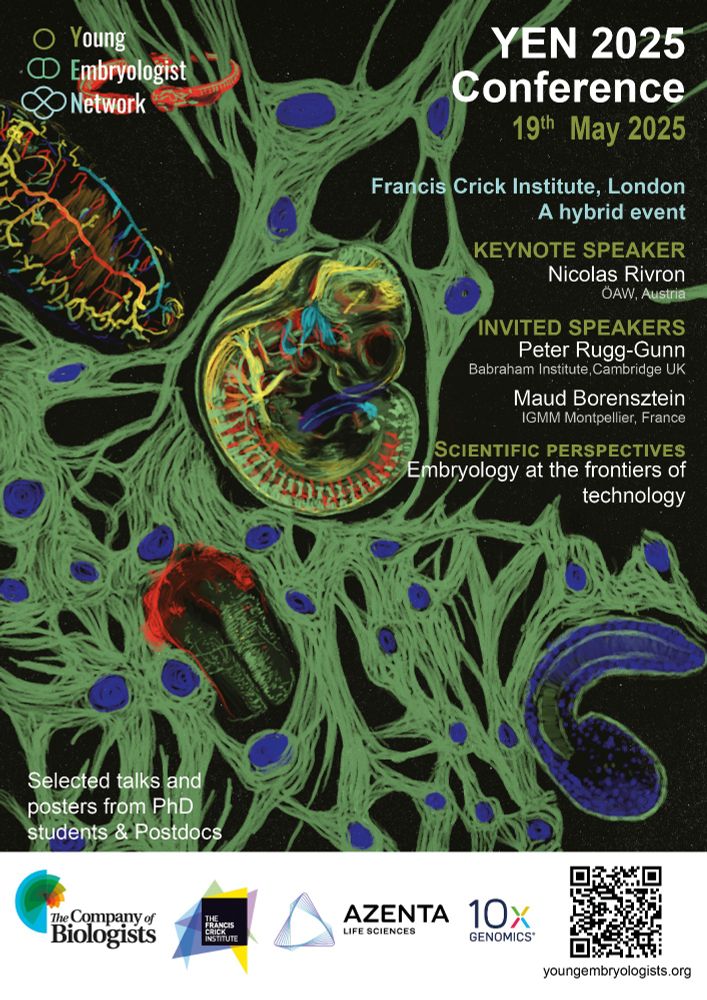Toby Andrews
@tobyandrews.bsky.social
380 followers
770 following
17 posts
Embryologist interested in how organs grow, adapt and evolve 🫀🔬 Transition Fellow at IDRM, University of Oxford. Previously postdoc Francis Crick Institute, PhD University of Cambridge.
Pumped about hearts, microscopes and morphospaces.
Posts
Media
Videos
Starter Packs
Pinned
Toby Andrews
@tobyandrews.bsky.social
· Aug 6
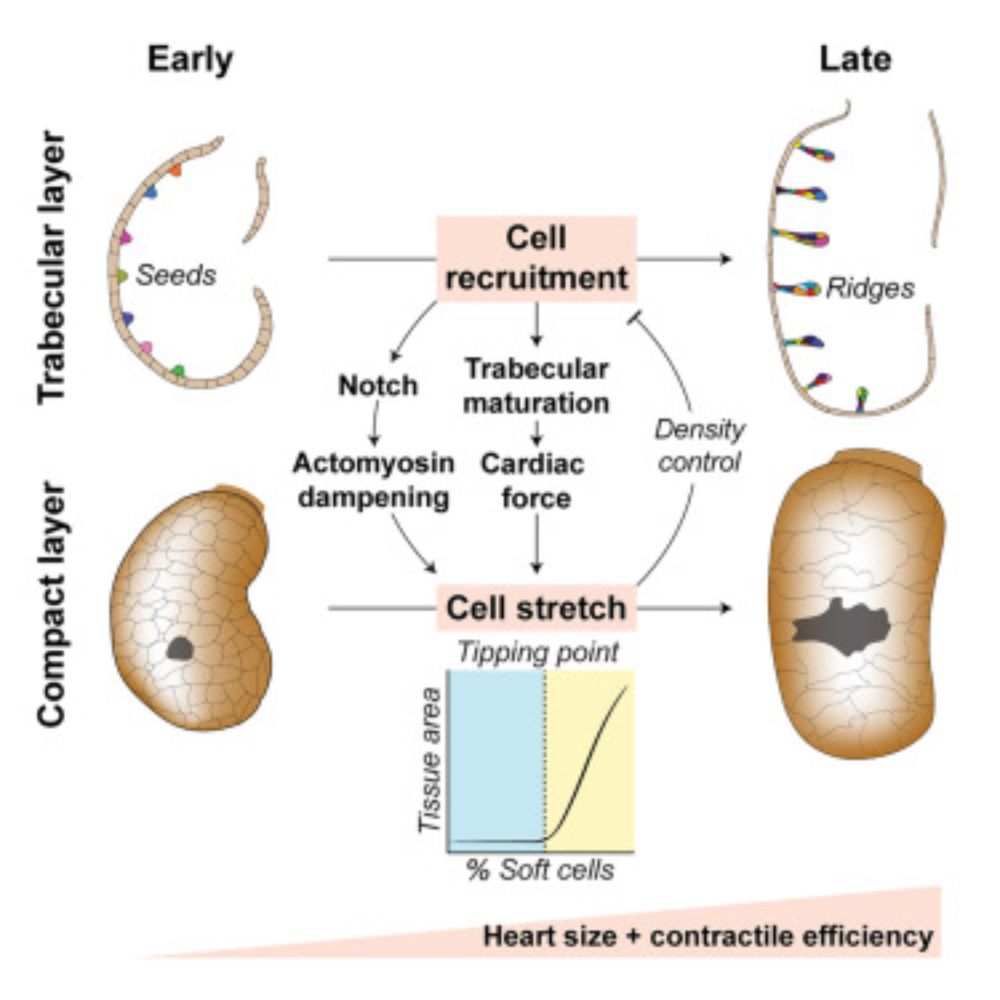
Mechanochemical coupling of cell shape and organ function optimizes heart size and contractile efficiency in zebrafish
Andrews et al. demonstrate that multiscale feedback between mechanical and chemical
cues builds a functional heart to support zebrafish embryonic life. Cell recruitment
and organ-scale forces drive tr...
tinyurl.com
Reposted by Toby Andrews
Reposted by Toby Andrews
Reposted by Toby Andrews
Toby Andrews
@tobyandrews.bsky.social
· Aug 6
Toby Andrews
@tobyandrews.bsky.social
· Aug 6
Toby Andrews
@tobyandrews.bsky.social
· Aug 6
Toby Andrews
@tobyandrews.bsky.social
· Aug 6
Toby Andrews
@tobyandrews.bsky.social
· Aug 6

Mechanochemical coupling of cell shape and organ function optimizes heart size and contractile efficiency in zebrafish
Andrews et al. demonstrate that multiscale feedback between mechanical and chemical
cues builds a functional heart to support zebrafish embryonic life. Cell recruitment
and organ-scale forces drive tr...
tinyurl.com
Reposted by Toby Andrews
Reposted by Toby Andrews
Reposted by Toby Andrews
Toby Andrews
@tobyandrews.bsky.social
· Jan 31
Reposted by Toby Andrews
Reposted by Toby Andrews
Reposted by Toby Andrews
